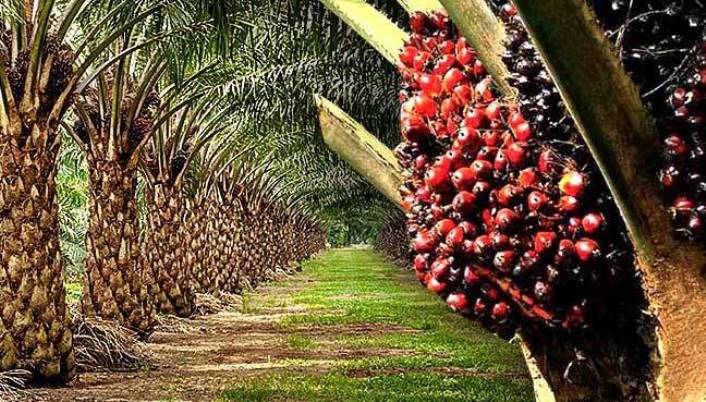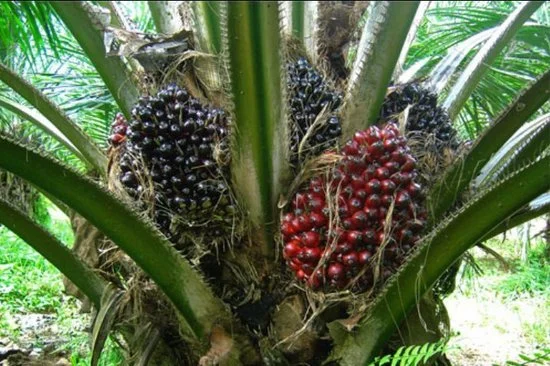Palm Oil Production in Nigeria: How to Maximize Profits

Palm oil production is a significant agricultural industry in Nigeria, contributing substantially to the nation’s economy and providing livelihoods for millions of farmers and processors. With the global demand for palm oil on the rise, there is a considerable opportunity for Nigerian producers to maximize profits through efficient cultivation, processing, and marketing strategies.
This comprehensive guide offers a step-by-step approach to establishing a successful palm oil enterprise in Nigeria, covering everything from plantation establishment to market analysis.
1. Understanding the Palm Oil Industry in Nigeria
Nigeria is one of the world’s leading producers of palm oil, with a history of cultivation dating back to the early 1900s. The country’s tropical climate and fertile soils provide ideal conditions for oil palm cultivation. However, despite its natural advantages, Nigeria’s palm oil industry faces challenges such as outdated farming practices, inadequate processing facilities, and competition from international producers. To thrive in this industry, it’s essential to understand both the opportunities and obstacles present.
2. Selecting the Right Land
Choosing suitable land is crucial for the success of your palm oil plantation. The ideal soil for oil palm cultivation should be deep, well-drained, medium-textured, non-gravelly, and non-lateritic. It is advisable to conduct a thorough soil analysis to determine its suitability. Additionally, ensure that the land is accessible year-round to facilitate the transportation of inputs and harvested produce. Be mindful of legal considerations, ensuring clear ownership and freedom from disputes.
3. Land Preparation
Proper land preparation sets the foundation for a productive plantation. Begin by clearing existing vegetation, felling trees, and removing debris. This should be done 2 to 3 months before planting to allow for decomposition. After clearing, line out the field with wooden pegs at planting points, using a triangular spacing of 9m x 9m x 9m, which provides a density of about 140–150 palms per hectare. This arrangement maximizes sunlight interception, promoting optimal growth.
4. Choosing the Right Variety
Selecting high-yielding oil palm varieties is essential for maximizing profits. The Tenera hybrid variety, developed by the Nigerian Institute for Oil Palm Research (NIFOR), is recommended across Nigeria’s agro-ecological zones. This variety starts fruiting 3–4 years after planting and has a yield potential of 15–18 tonnes of fresh fruit bunches per hectare per year, significantly outperforming wild and improved Dura varieties.
5. Establishing a Nursery
Raising healthy seedlings in a nursery is a critical step. Use 400–500 gauge black polyethylene bags (approximately 40 x 35 cm) filled with topsoil. Plant sprouted seeds at a depth of no more than 2.5 cm, taking care not to damage the radicle and plumule. Arrange the bags in a square formation with 45 x 45 cm spacing, allowing for about 40,000 seedlings per hectare. Water regularly, especially during dry seasons, and apply a compound fertilizer (NPK Mg in the ratio 12:12:17:2) at the rate of 14g per seedling at 2 and 8 months after planting.
READ MORE: Comprehensive Guide to Cassava Farming in Nigeria: Step-by-Step Process for High Yields
6. Transplanting to the Field
Transplant seedlings when they are 10–12 months old, ideally at the onset of regular rains between April and June. Use the ball-of-earth method: dig a hole large enough to accommodate the root ball, carefully remove the polyethylene bag without disturbing the soil around the roots, place the seedling in the hole ensuring the soil surface levels match, fill gaps with topsoil, and firm gently to avoid waterlogging.
7. Plantation Management
Effective management practices are vital for a thriving plantation:
- Weed Control: Maintain a clean field, especially around the plants, to reduce competition for nutrients and prevent pest habitats.
- Fertilization: Conduct soil tests to determine nutrient requirements. Generally, applying NPK Mg fertilizer in the ratio 12:12:17:2 at the rate of 14g per seedling at 2 and 8 months after planting is recommended.
- Pest and Disease Management: Regularly inspect for pests such as termites, grasshoppers, and beetles. Implement cultural practices like increased watering during dry seasons to deter termites and apply appropriate insecticides when necessary.
8. Harvesting
The Tenera variety typically begins fruiting 3–4 years after planting. Harvest bunches when a few fruits become loose and can be easily dislodged, indicating ripeness. Timely harvesting ensures high-quality oil production.
9. Processing

Palm Oil Production in Nigeria: How to Maximize Profits
Efficient processing methods are crucial for maximizing oil extraction and quality:
- Small-Scale Processing: Involves traditional methods, which may result in lower extraction rates and quality.
- Mechanized Processing: Utilizing modern machinery increases extraction efficiency and oil quality. Investing in mechanized equipment can lead to higher profitability.
10. Economic Analysis
Understanding the economics of palm oil production helps in making informed decisions:
- Cost of Production: Includes expenses such as land acquisition, seedlings, fertilizers, labor, and processing equipment.
- Revenue: Generated from the sale of palm oil, palm kernel oil, and other by-products.
- Profitability: Studies have shown that palm oil production is profitable in Nigeria.
11. Marketing and Sales Strategies
To maximize profits, effective marketing strategies are essential:
- Local Markets: Selling to local buyers, markets, and food processors.
- Export Opportunities: Nigeria’s palm oil industry has potential for international markets, and meeting export standards can increase revenue.
- Branding and Packaging: Good packaging and branding enhance product value and attract premium buyers.
- Digital Marketing: Utilizing social media, online marketplaces, and e-commerce platforms to reach a wider audience.
12. Government Policies and Support
The Nigerian government supports palm oil production through various initiatives:
- Subsidies: Access to subsidized seedlings and fertilizers.
- Loans and Grants: Government programs like the Anchor Borrowers’ Programme provide financial support.
- Research and Development: Institutions like NIFOR offer improved planting materials and training.
Conclusion
Palm oil production in Nigeria is a lucrative venture when approached strategically. By selecting the right land, adopting improved farming and processing techniques, and leveraging marketing and government support, producers can maximize their profits. With rising global demand and increasing local consumption, investing in palm oil production is a smart and sustainable agricultural business choice. Entrepreneurs and farmers should take advantage of these opportunities to build a successful and profitable palm oil enterprise in Nigeria.

Leave your comment